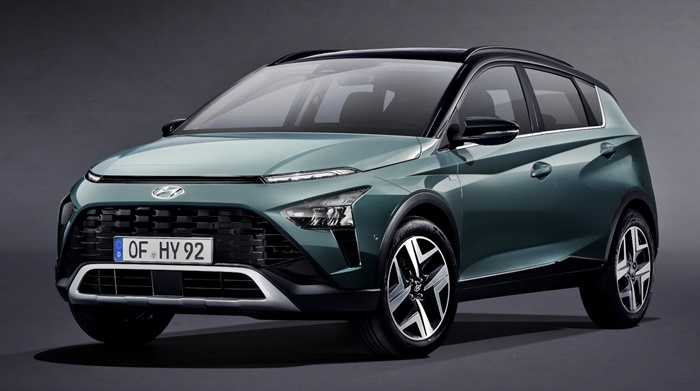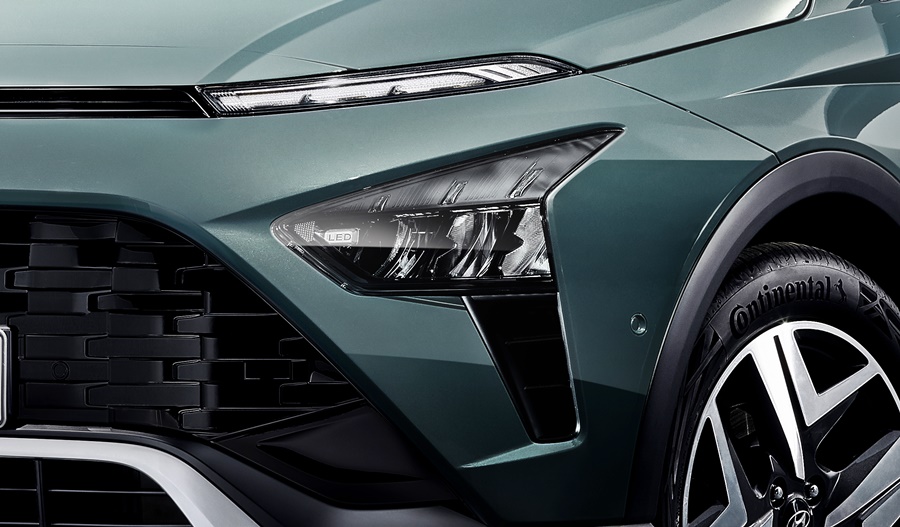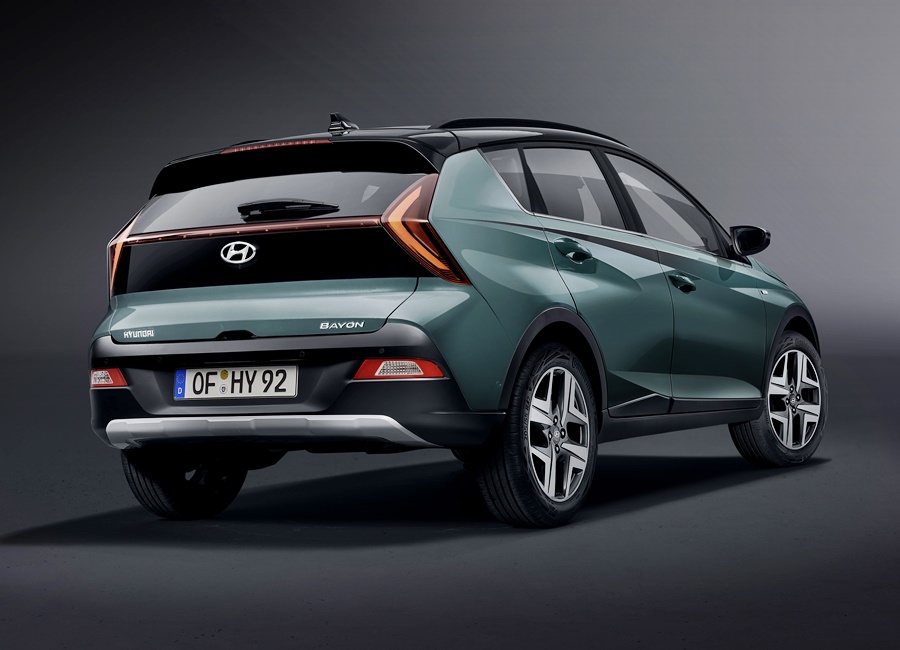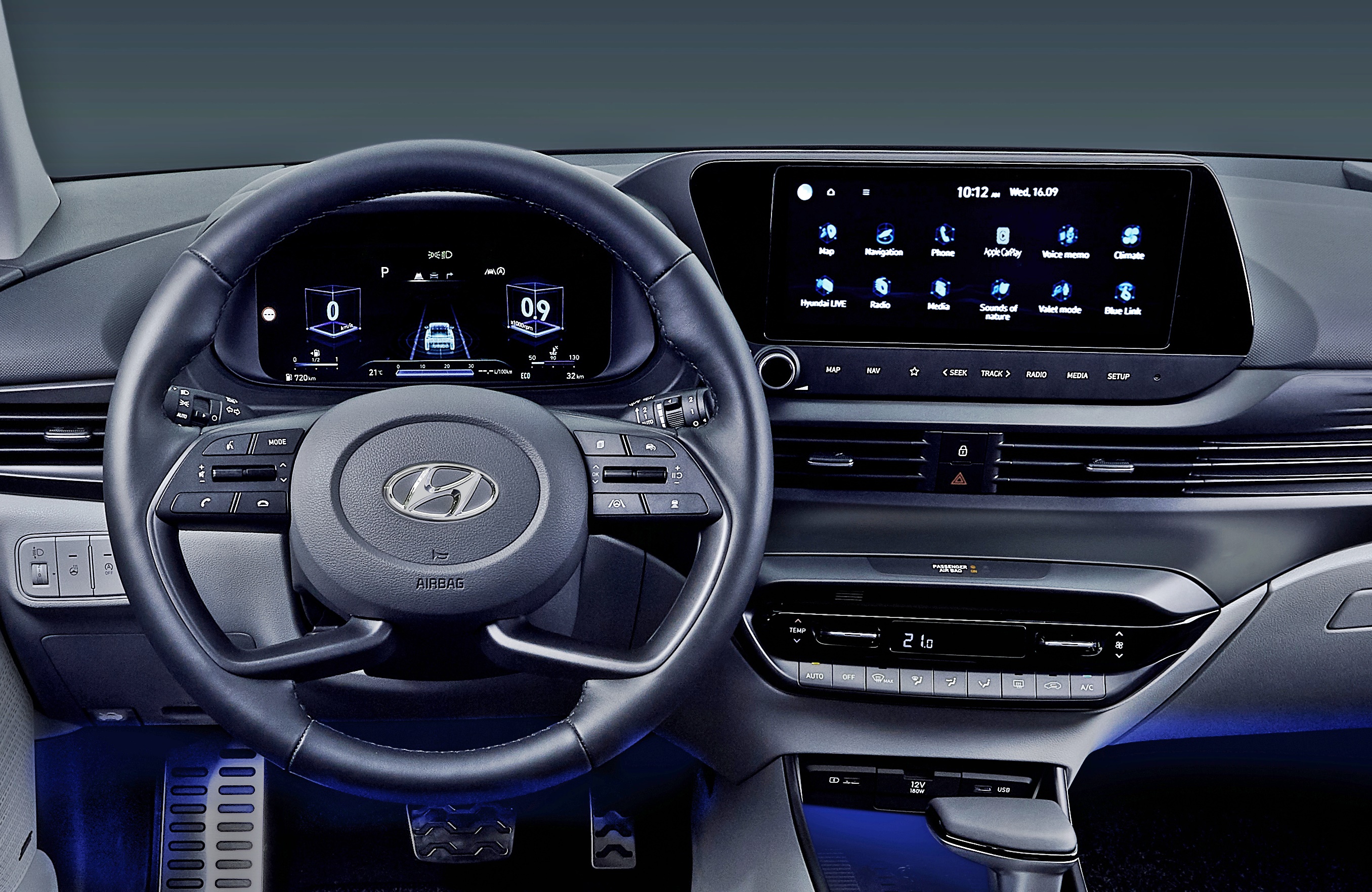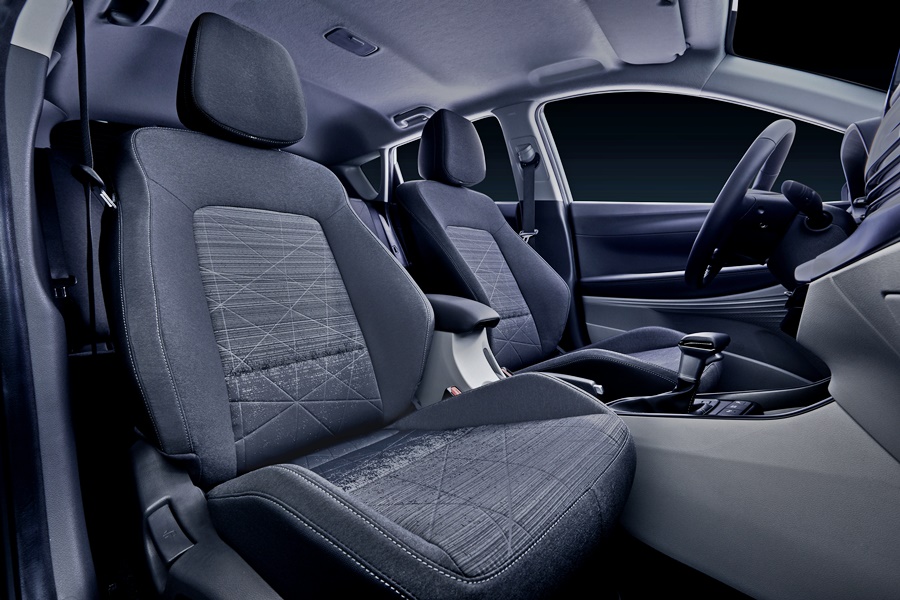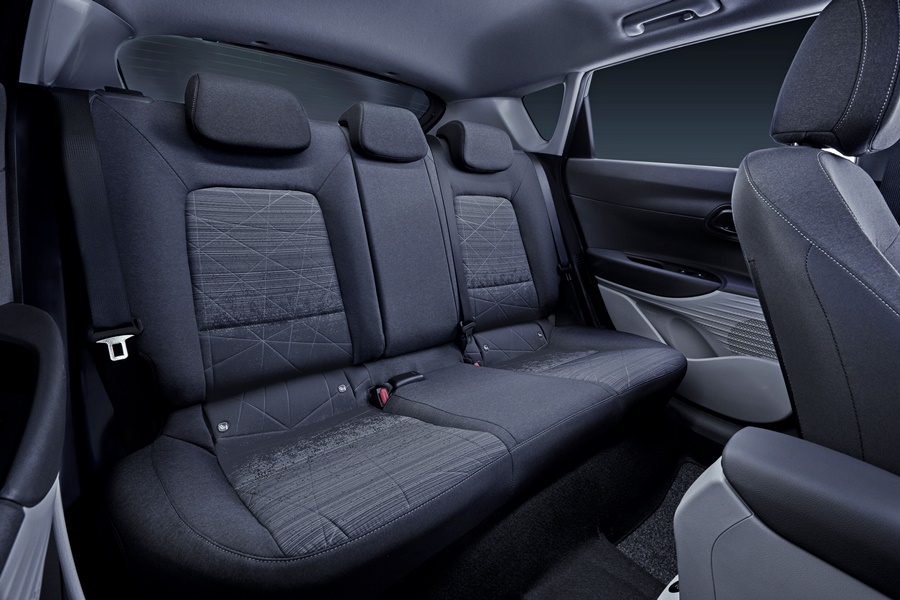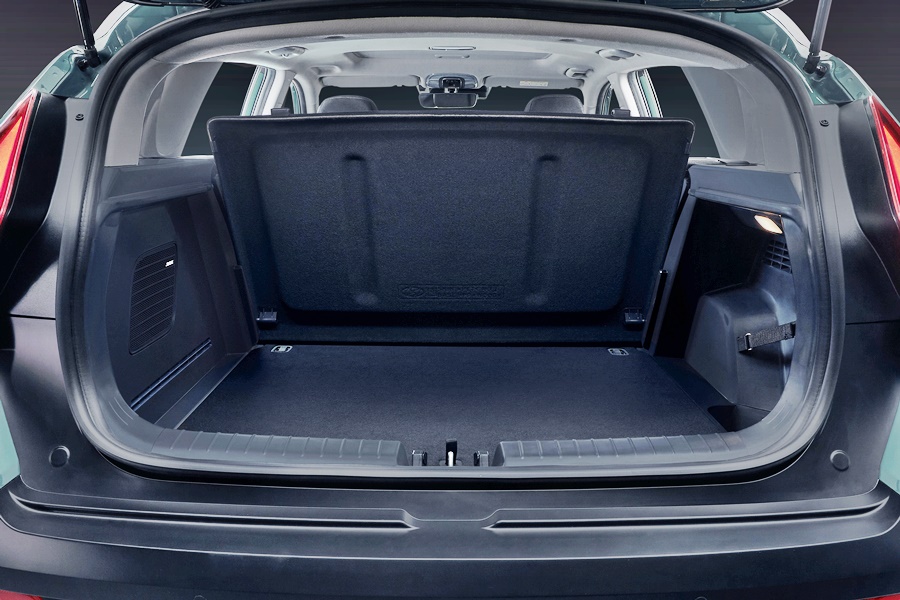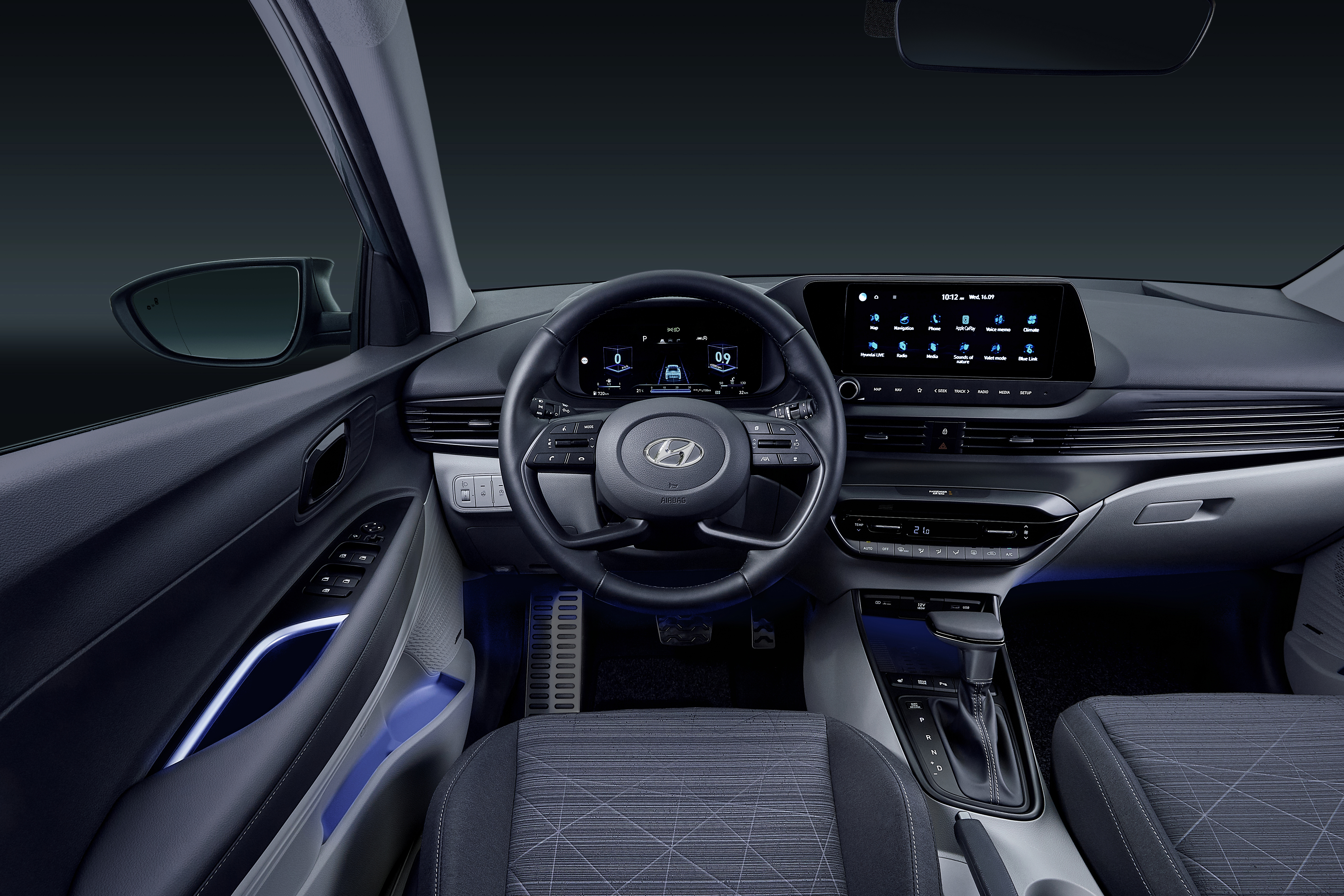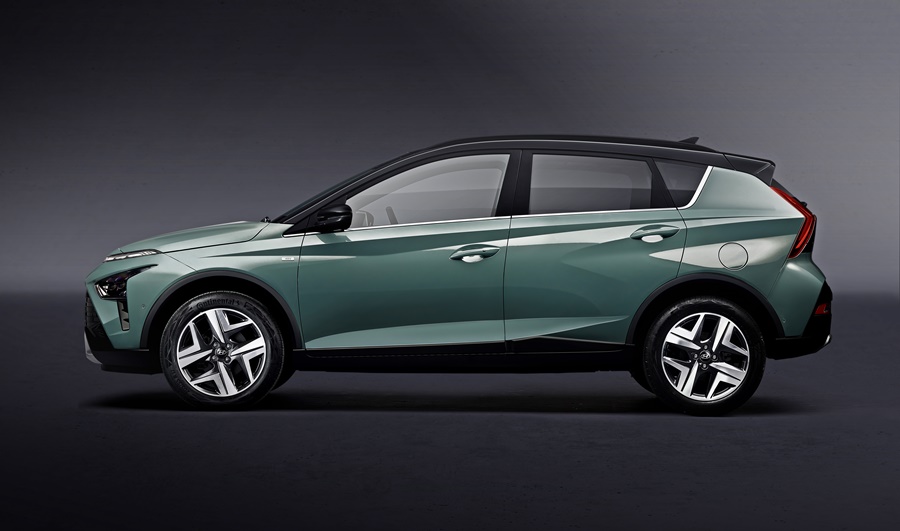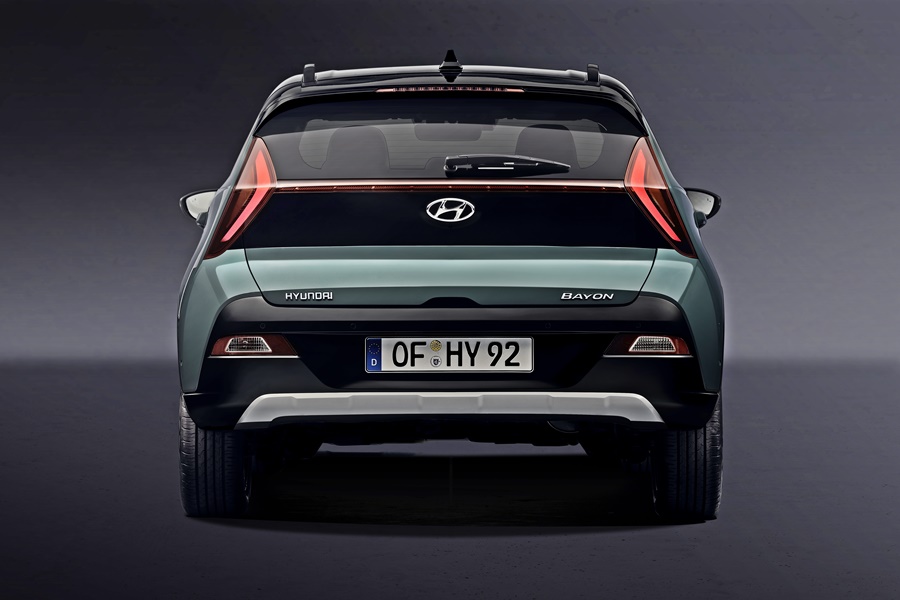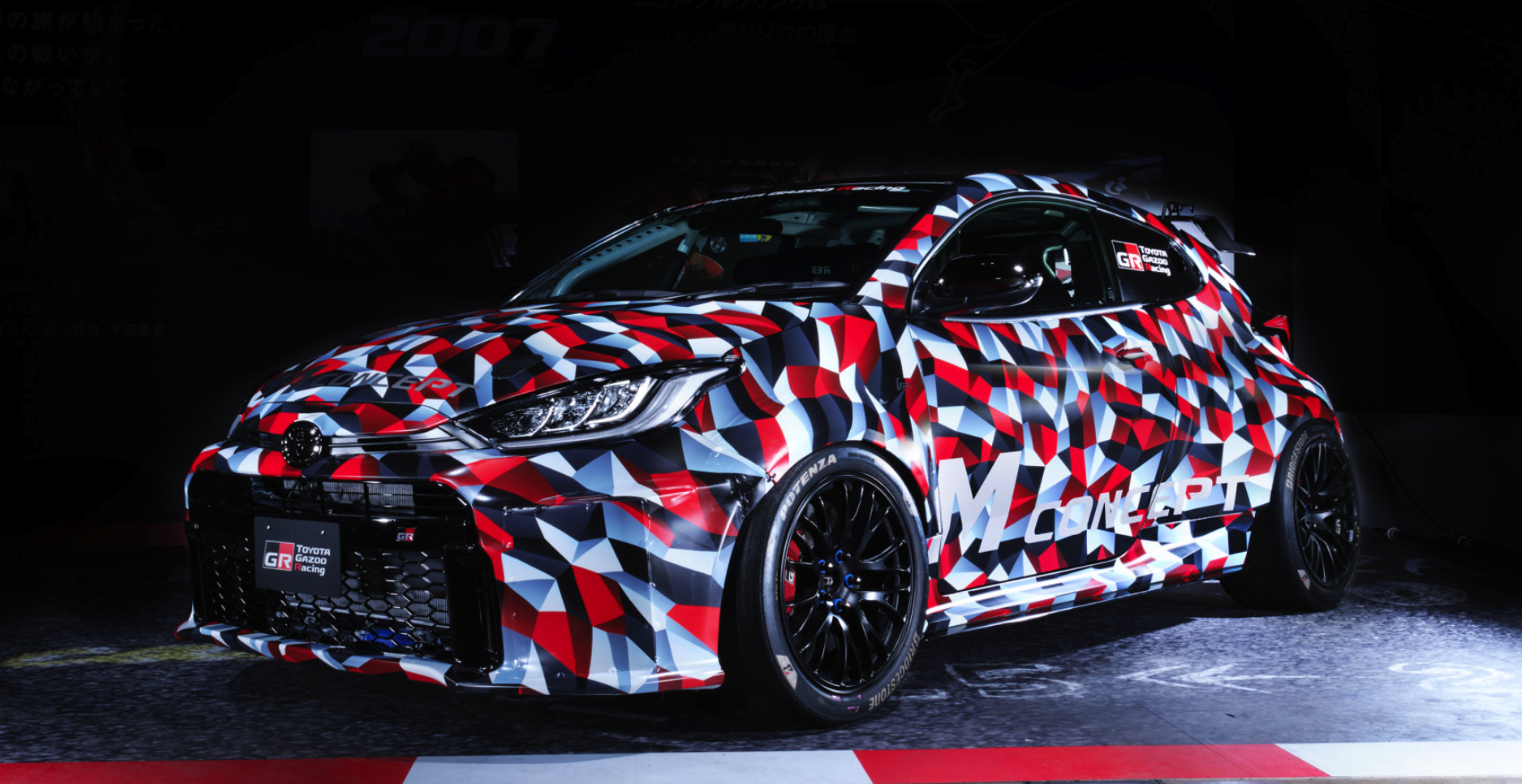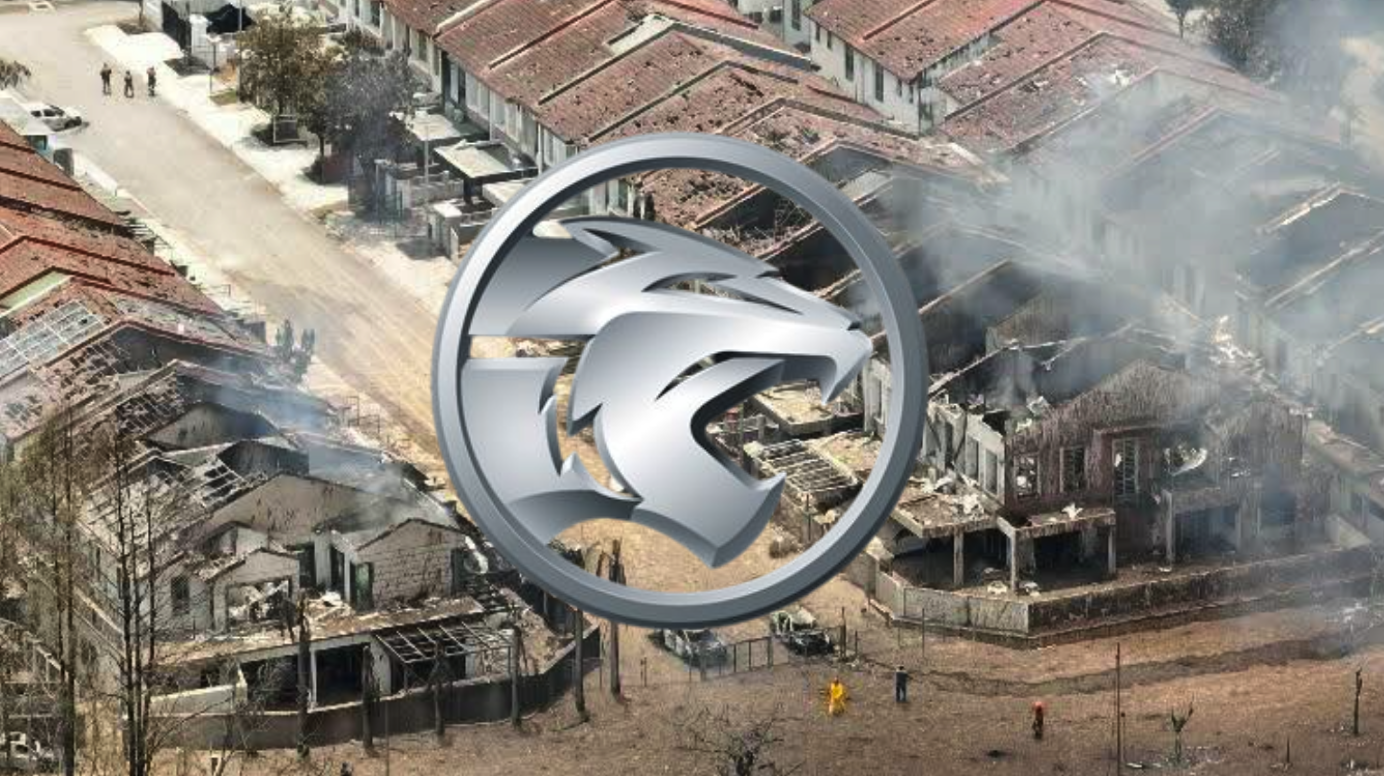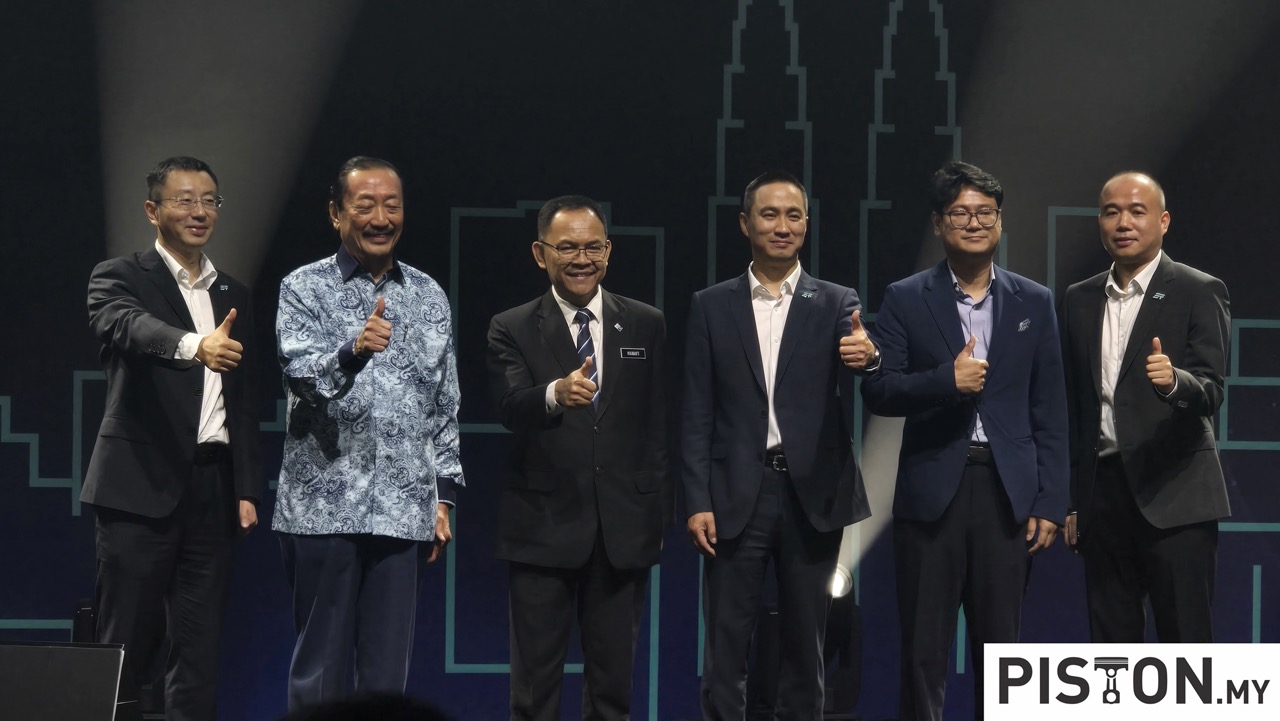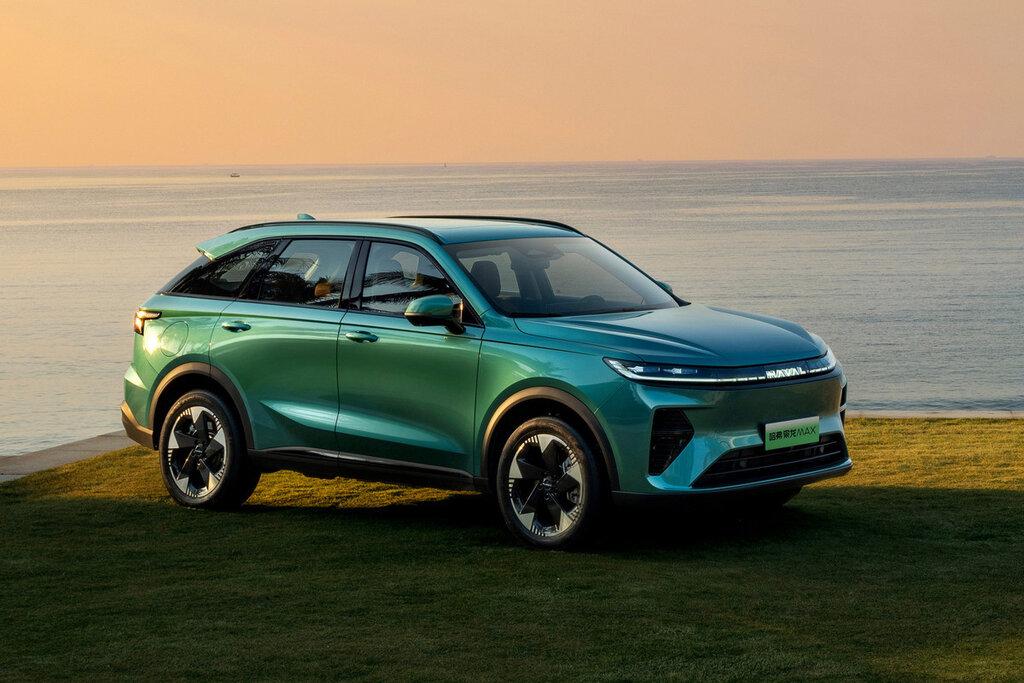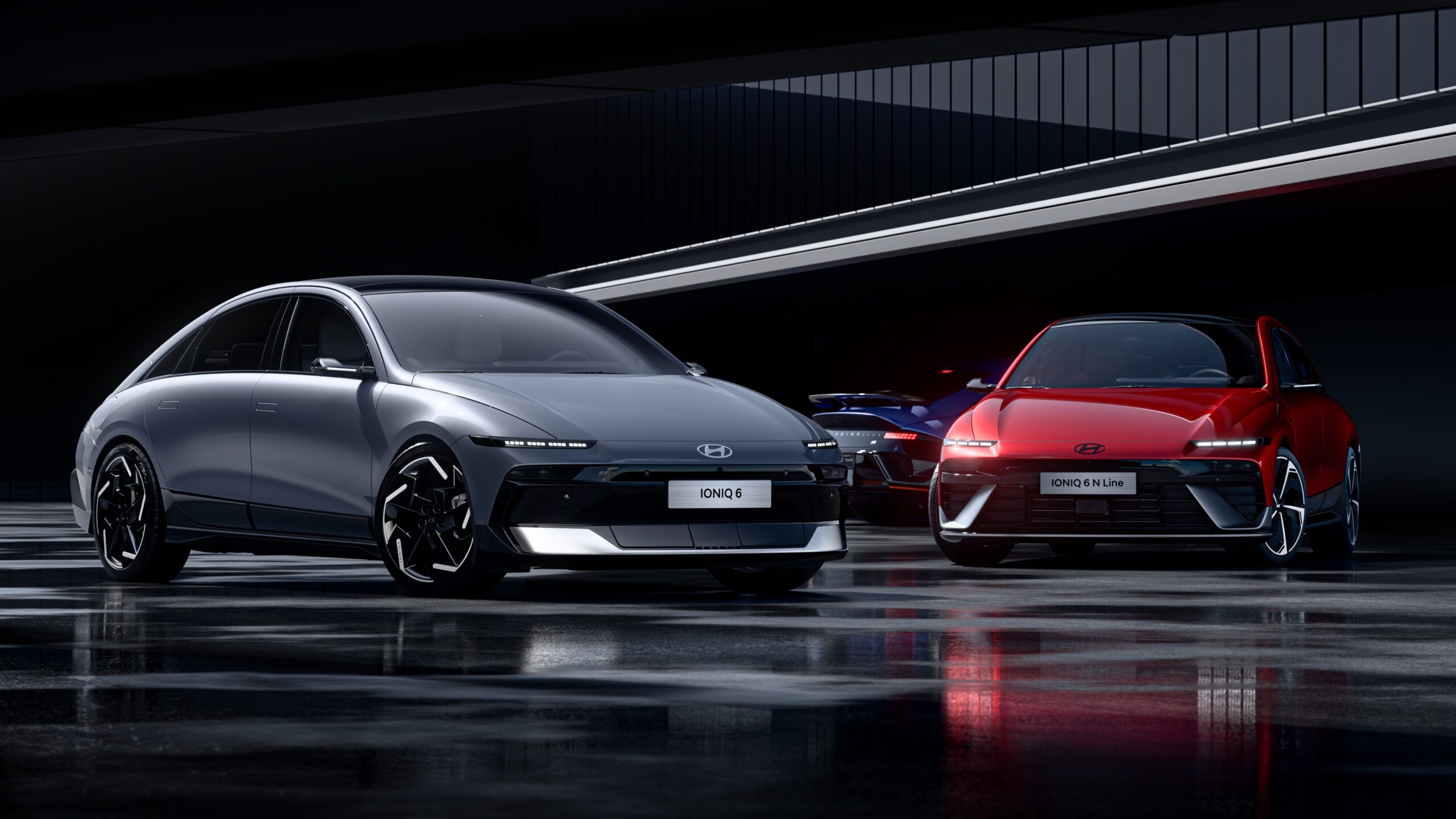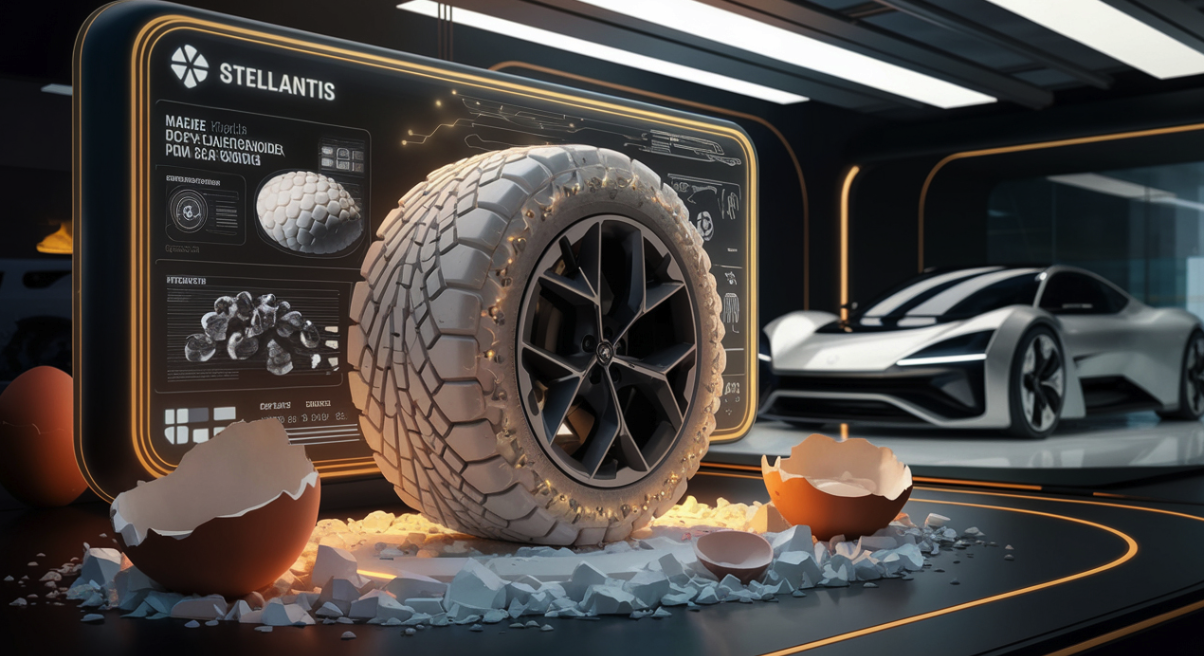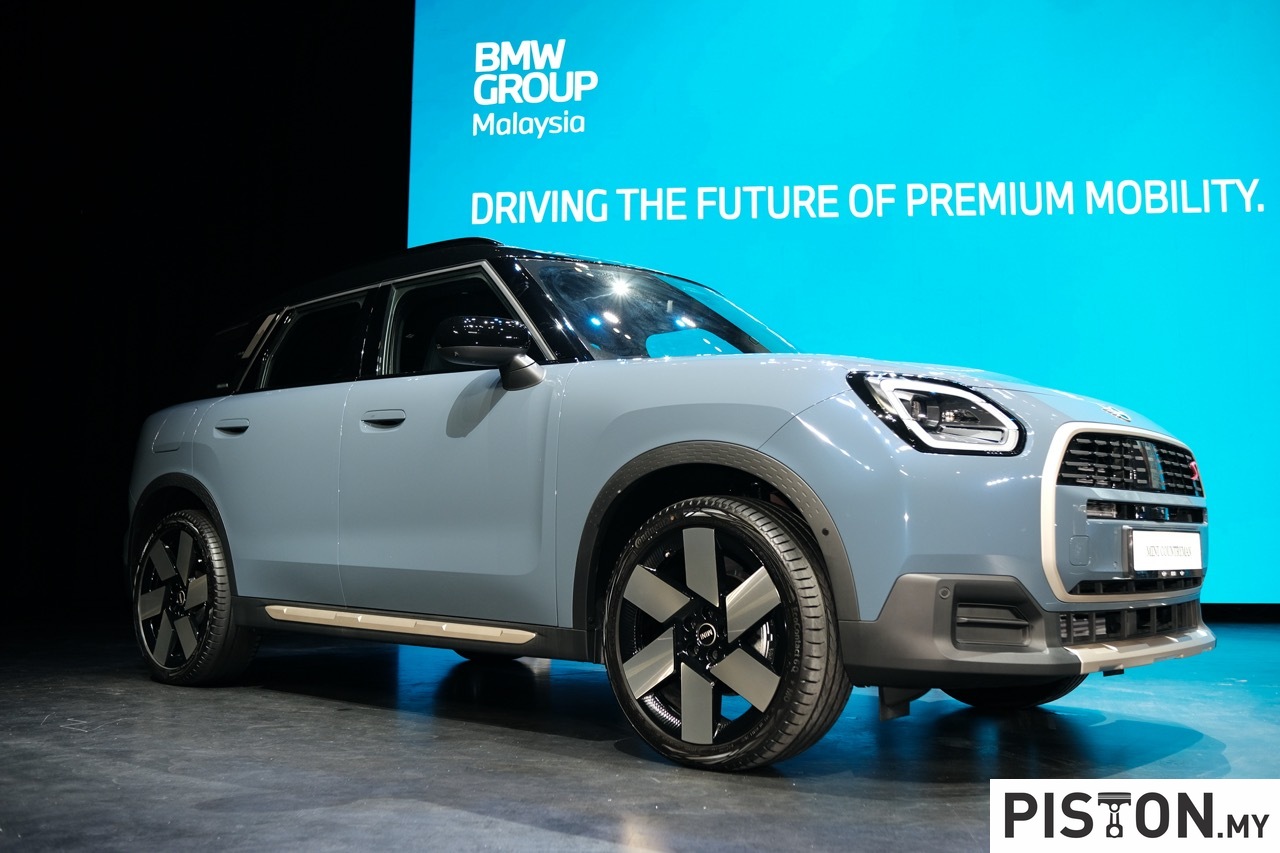Perhaps the slowdown in activities last year deferred some product introductions and now, carmakers like Hyundai Motors are launching new models almost every month. Just a week ago, the IONIQ 5 was unveiled as the first model of the all-electric sub-brand. Today, we are introduced to the new BAYON, a crossover SUV designed specifically for Europe’s B-segment which will be in showrooms by the middle of this year.
As the smallest member of Hyundai’s SUV family, the all-new BAYON has a compact exterior but a roomy cabin. As would be expected, it will come with a long list of intelligent safety and connectivity features. This is in line with Hyundai’s aim to ‘democratise technology’, making high-tech safety and connectivity features accessible for all.
Hyundai likes to use place names for its model names (eg Tucson, Palisade, Kona, Encino, Santa Fe, etc) and in the case of this new model, BAYON is inspired by Bayonne, a vacation hotspot in the south-west of France. The choice of a European place is in view of the market that the BAYON is to be marketed.
With the BAYON, Hyundai has now launched or enhanced no less than 7 new models in just 12 months – or 20, counting all body types and powertrain variations. 2020 was thus a record year for its fleet expansion.
Sharp, distinctive design
The BAYON is the latest design statement within the Hyundai SUV family, distinctive through unexpected and eye-catching proportions and strong graphic features. As with other recent models, it encompasses the Hyundai design identity ‘Sensuous Sportiness’, defined by the harmony between proportion, architecture, styling and technology. This latest interpretation of ‘Sensuous Sportiness’ combines emotional values with innovative solutions.
The distinctive exterior design will make it stand out from its competition. Unique design solutions have been incorporated along with high-tech looking details while maintain a clean look. On the side, a dynamic shoulder provides a wedge-shaped appearance. The arrow-shaped C-pillar provides dynamic and unexpected architecture which, in combination with the fender feature and cladding, defines its unique character.
To the rear, arrow-shaped lights underline the pillar dynamics. Their far-out position creates a wide stance. In addition, a thin horizontal line connecting the taillights further emphasises width and connects the rear and the side in one gesture. Angular lines above the rear arch emphasise volume, creating a vivid section.
The strong rear section and visually extended rear window initiate a unique and expressive rear design. Full LED lights and indicators complete its modern look.
Modern, digital interior
Within, there is a strong focus on maximising front and rear passenger comfort and increasing boot space. As with other Hyundai models, the BAYON offers advanced connectivity technology rarely found in its segment. The driver and occupants are provided with a 10.25-inch digital cluster and a 10.25-inch AVN or 8-inch Display Audio.
In addition, BAYON is equipped with the latest Hyundai Bluelink upgrade, meaning users can benefit from state-of-the-art Connected Car Services. New to this generation of Bluelink is Calendar Integration. This means the driver can mirror their Google or Apple calendar in the vehicle’s infotainment system. If the calendar appointment also has an address, it can be imported directly into the vehicle’s navigation system.
Owners can also locate, lock and unlock their car remotely using the Bluelink app, or check vehicle information such as maintenance required or fuel levels.
A carefully-selected neutral range of interior colours and materials provides maximum compatibility with the exterior colour range. A calm colour and trim concept with small and subtle accents creates a serene atmosphere which allows the driver to focus. Generally, the BAYON will come standard with a Full Black cloth interior, with two other optional colour combinations. LED ambient lighting technology is integrated into the front passenger foot areas, door wells, and front door pull handle areas, as well as the storage area below the centre console.
Despite its compact size (4180 mm long, 1775 mm wide, and 1490 mm tall), the BAYON has 411 litres of boot space. An intelligent cover which can be slid along the rear of the back seat can be used to cover the cargo as an added benefit.
Best-in-class safety package
European consumers have a strong awareness of safety features and expect a high standard of safety. Hyundai provides this in the BAYON with an extensive list of Hyundai SmartSense safety features, many of them included as standard equipment. In case of an accident, eCall will automatically alert emergency services if the vehicle’s airbags are deployed. Alternatively, the occupants can also activate this feature with the press of a button.
There are also semi-autonomous driving features such as Lane Following Assist, Forward Collision-Avoidance Assist, Junction Turning, and Navigation-based Smart Cruise Control. Other driver assistance systems include Driver Attention Warning, Leading Vehicle Departure Alert, and Rear Occupant Alert.
Still other features ensure safety when driving at low speeds or when parking. Parking Collision-Avoidance Assist-Reverse provides a warning and, if necessary, applies the brakes when a rear obstacle is detected when the car is reversing slowly. Rear Cross-Traffic Collision-Avoidance Assist assists drivers in a similar manner when they are backing out of a parking space and another vehicle is approaching or passes by. Parking Assist allows for semi-autonomous parking, with a range of sensors and software working together to help drivers get into tight spaces.
Powertrain choices
The BAYON will be offered with an updated Kappa engine family. The 1-litre T-GDi engine is a downsized turbocharged engine with direct fuel injection for optimum efficiency. When combined with Hyundai’s unique 48-volt mild hybrid technology with intelligent Manual Transmission (iMT), this results in even more enhanced fuel savings and efficiency.
iMT disengages the engine from the transmission when the driver releases the accelerator. This allows the vehicle to start coasting, reducing emissions and saving fuel. There are two different coasting levels associated with iMT: first, when the engine is idle, and second, when the engine is turned completely off. The engine is restarted again as soon as the driver presses either the brake or the accelerator pedal, and starts running again in the same gear as when it was switched off. This results in better fuel efficiency with no compromises on performance.
There is also Hyundai’s unique Continuously Variable Valve Duration technology which regulates the duration of the valve opening and closing according to driving conditions. This optimises engine performance while also improving fuel efficiency, resulting in reduced emissions and saving fuel.

The engine output is either 120 ps or 100 ps and it can be paired with a 6-speed intelligent Manual Transmission or 7-speed dual clutch (7DCT) transmission. The 100 ps version is also available without 48V technology and can be paired with a 6-speed manual transmission or 7DCT.
The 1.0-litre T-GDi engine with and without 48V also comes with three drive modes to optimise the engine response and steering performance based on driving conditions. These are Eco, Normal and Sport. The BAYON will be the first Hyundai SUV to come equipped with Rev-Matching, a feature usually reserved for its high-performance models. Rev-matching synchronises the engine to the output shaft, allowing for smoother or sportier downshifts.
An option for some markets will be a 1.2-litre MPi engine with 84 ps output, paired with 5-speed manual transmission. This is likely to be a low-cost entry-level variant.
Hyundai Motor Group unveils Electric-Global Modular Platform (E-GMP)




